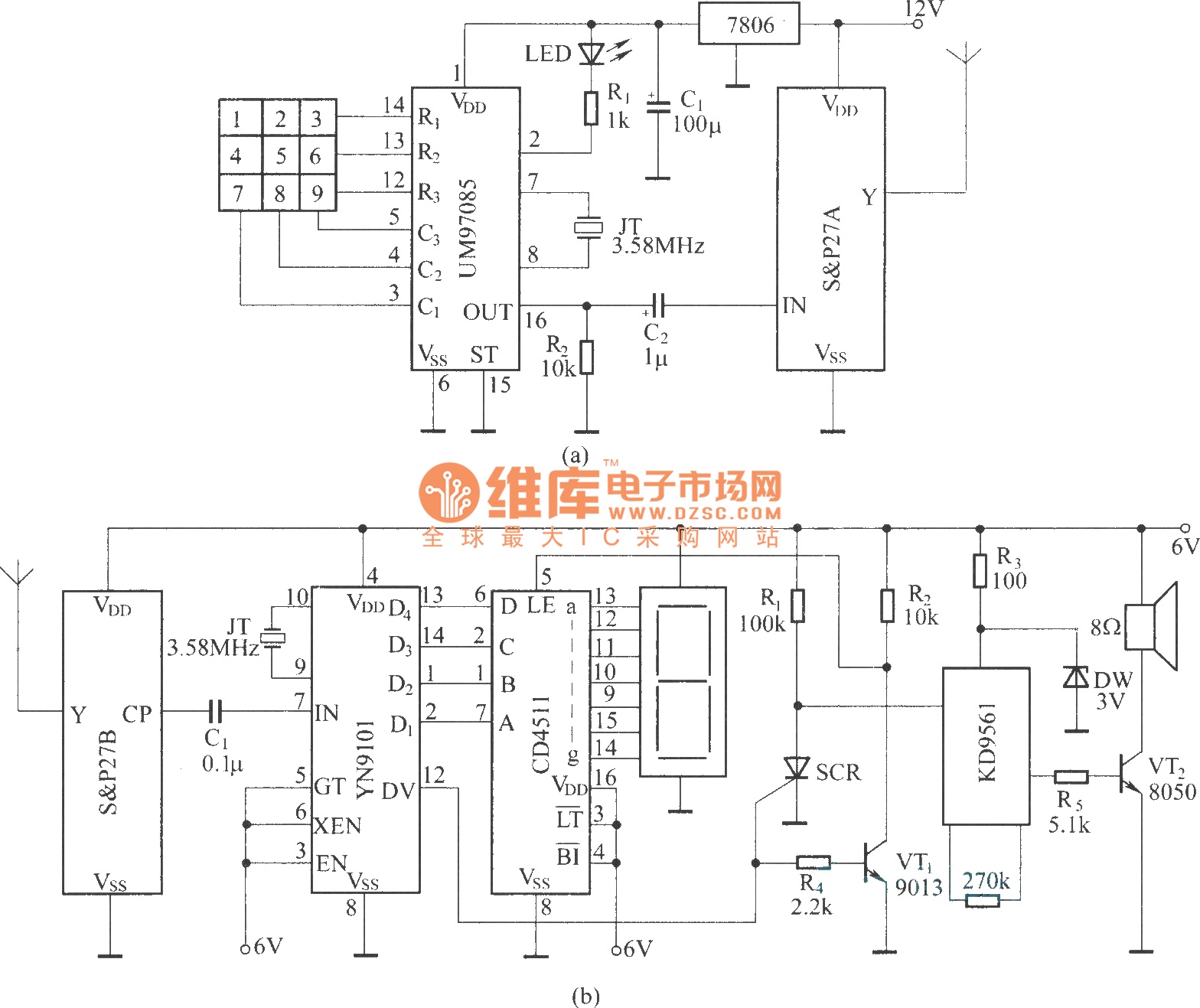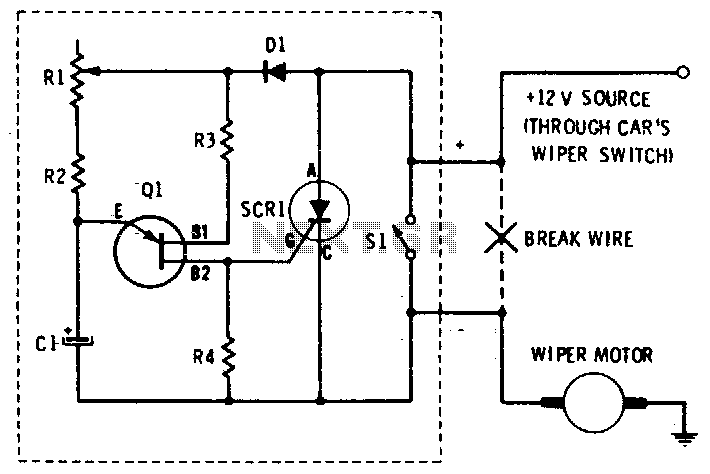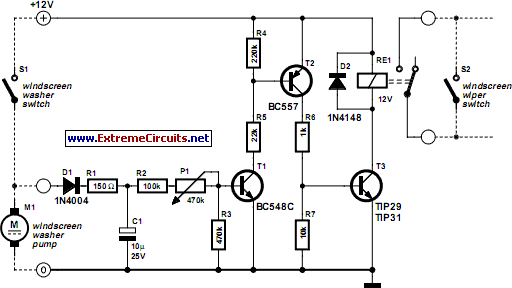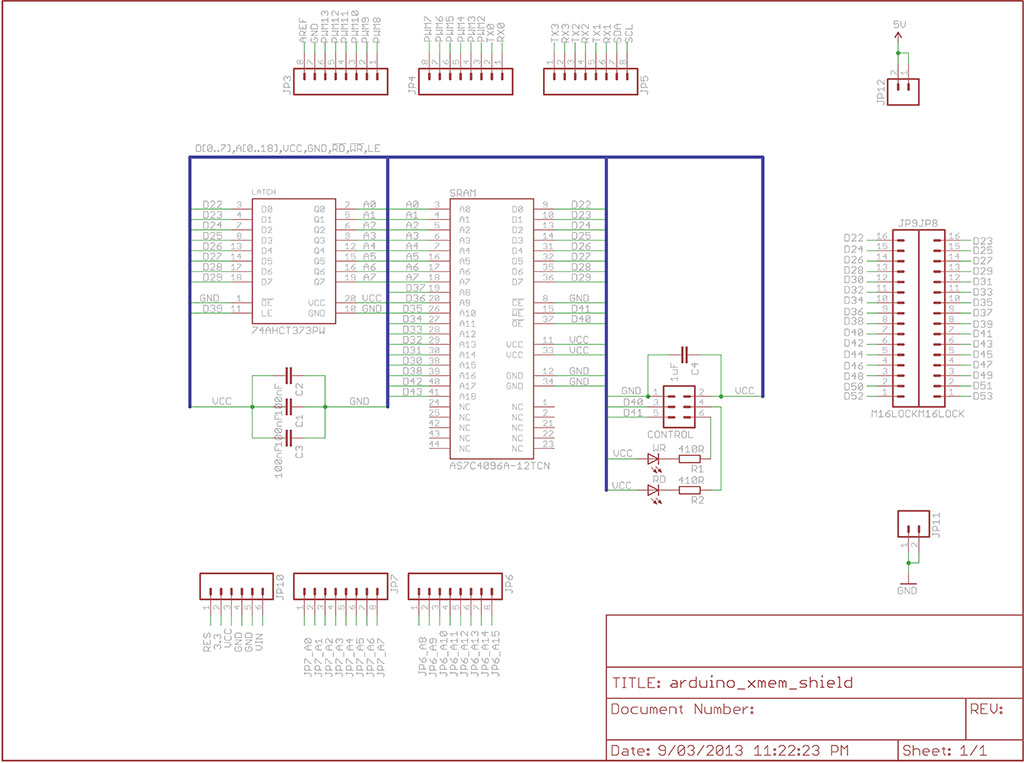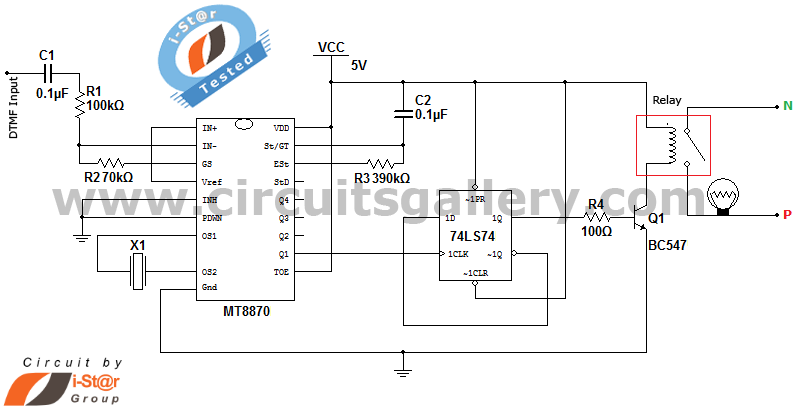
dtmf shield

This is the working prototype. The Eagle files have some minor changes made to them. Some mistakes have been fixed, and a few parts have been repositioned. This one is for the phreakers of the past. It is a simple Arduino shield designed to decode DTMF tones using an audio input. It can easily be connected to a cell phone.
The described prototype features an Arduino shield specifically engineered for decoding Dual-Tone Multi-Frequency (DTMF) signals, commonly used in telephone systems. The shield is designed to interface seamlessly with an Arduino microcontroller, facilitating straightforward integration into various projects.
The DTMF decoding process involves capturing audio signals through a dedicated audio input channel. The shield is equipped with an analog-to-digital converter (ADC) that samples the incoming audio signal, which is then processed by the Arduino to identify the DTMF tones. The DTMF tones correspond to specific frequencies; thus, the shield must accurately detect and decode these frequencies to retrieve the intended numerical input.
The modifications made to the Eagle files include adjustments to the layout of components for optimal signal integrity and performance. Key components on the shield may include operational amplifiers for signal conditioning, resistors and capacitors for filtering, and a dedicated microcontroller interface. The repositioning of parts enhances accessibility for soldering and minimizes potential interference.
This prototype can be effectively utilized by enthusiasts and developers interested in telecommunications, particularly in exploring historical phreaking techniques. The ability to connect the shield to a cell phone allows for practical demonstrations of DTMF decoding, enabling users to experiment with various applications such as automated dialing systems or interactive voice response (IVR) setups.
Overall, this Arduino shield serves as a versatile platform for learning and experimentation in audio signal processing and telecommunication technologies.This is the working prototype. The eagle files have some minor changes made to it. Fixed some mistakes and re-positioned a few parts. This one is for the phreakers of the past. A simple Arduino shield to decode DTMF tones using an audio input. It can easily be hooked up to a cell phone or.. 🔗 External reference
The described prototype features an Arduino shield specifically engineered for decoding Dual-Tone Multi-Frequency (DTMF) signals, commonly used in telephone systems. The shield is designed to interface seamlessly with an Arduino microcontroller, facilitating straightforward integration into various projects.
The DTMF decoding process involves capturing audio signals through a dedicated audio input channel. The shield is equipped with an analog-to-digital converter (ADC) that samples the incoming audio signal, which is then processed by the Arduino to identify the DTMF tones. The DTMF tones correspond to specific frequencies; thus, the shield must accurately detect and decode these frequencies to retrieve the intended numerical input.
The modifications made to the Eagle files include adjustments to the layout of components for optimal signal integrity and performance. Key components on the shield may include operational amplifiers for signal conditioning, resistors and capacitors for filtering, and a dedicated microcontroller interface. The repositioning of parts enhances accessibility for soldering and minimizes potential interference.
This prototype can be effectively utilized by enthusiasts and developers interested in telecommunications, particularly in exploring historical phreaking techniques. The ability to connect the shield to a cell phone allows for practical demonstrations of DTMF decoding, enabling users to experiment with various applications such as automated dialing systems or interactive voice response (IVR) setups.
Overall, this Arduino shield serves as a versatile platform for learning and experimentation in audio signal processing and telecommunication technologies.This is the working prototype. The eagle files have some minor changes made to it. Fixed some mistakes and re-positioned a few parts. This one is for the phreakers of the past. A simple Arduino shield to decode DTMF tones using an audio input. It can easily be hooked up to a cell phone or.. 🔗 External reference
